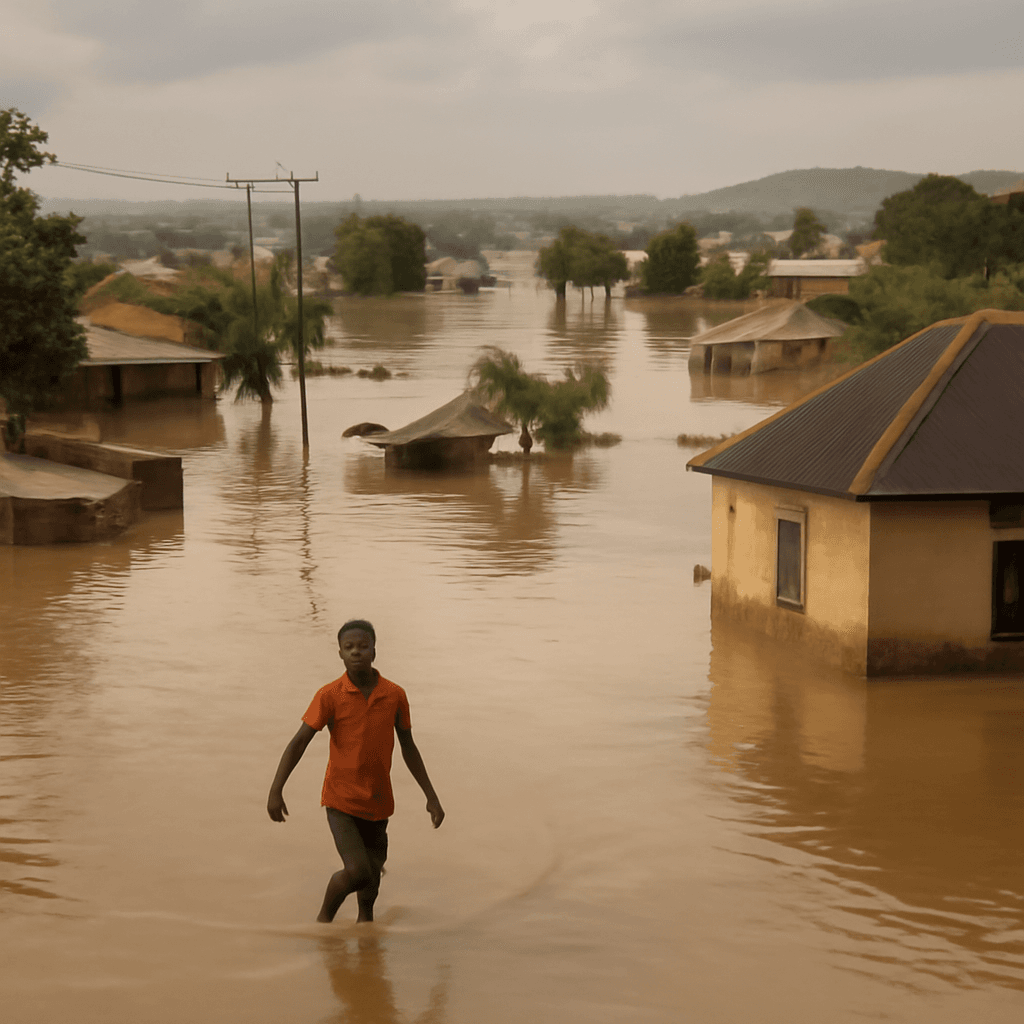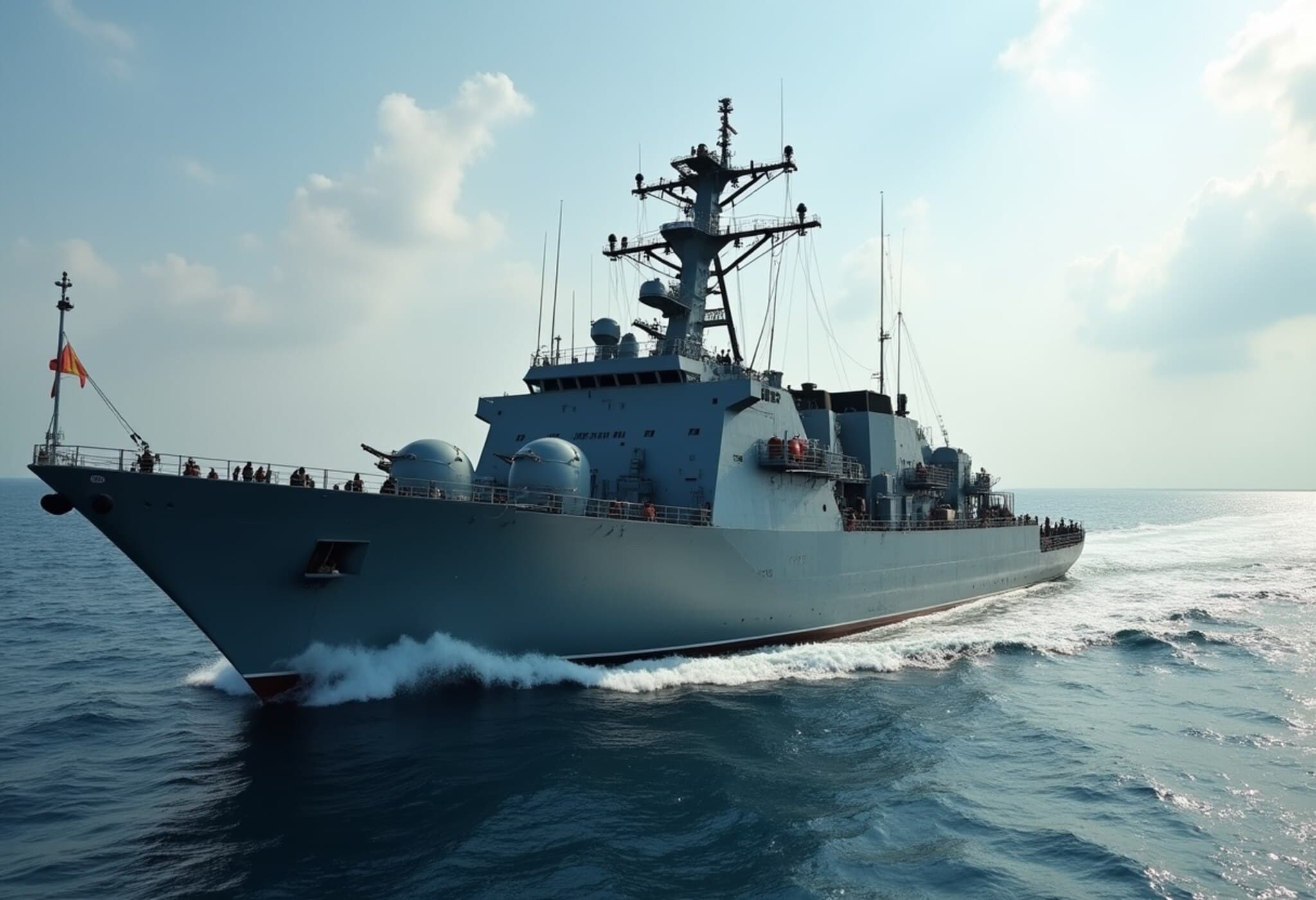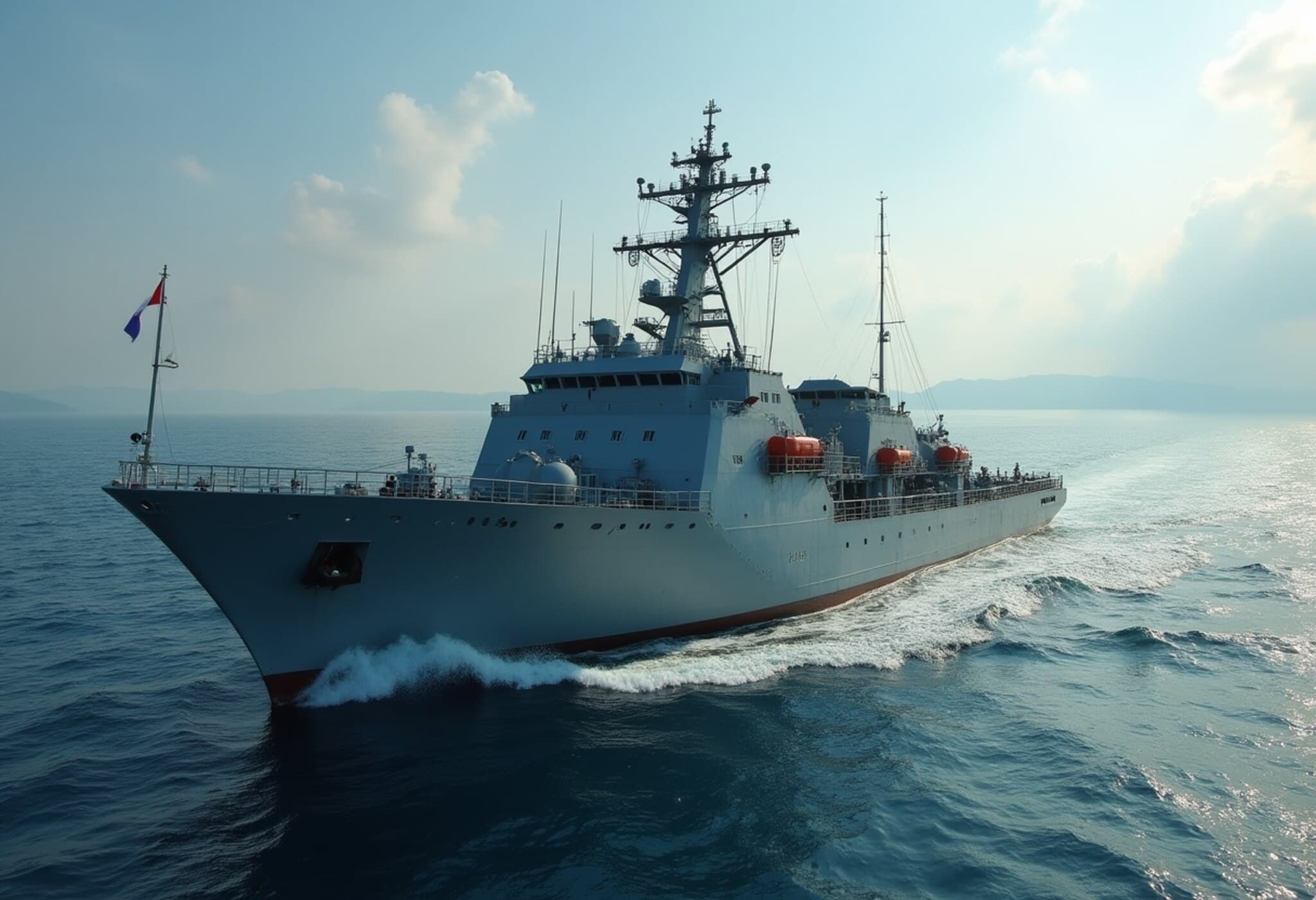China Establishes Key Marine Safety and Research Facilities in South China Sea
On June 8, 2025, China launched two pivotal initiatives aimed at strengthening oceanic research and disaster preparedness in the strategically significant South China Sea. Marking World Ocean Day, these new facilities include the South China Sea Tsunami Advisory Centre and a cutting-edge deep-sea test site designed to enhance scientific exploration and technological innovation.
Advanced Tsunami Advisory Centre in Hainan
Located in Sanya, Hainan province, the newly inaugurated Tsunami Advisory Centre will serve as a crucial early warning hub for marine disasters impacting coastal nations across the South China Sea region. The centre was jointly set up by China’s National Marine Environmental Forecasting Centre and Hainan’s oceanic administration, reflecting a strong national commitment to marine safety and environmental monitoring.
Its mission goes beyond tsunami alerts: it plans to establish a comprehensive multi-hazard early warning system to track threats including marine heatwaves, harmful algal blooms, and other oceanic risks. Moreover, the centre aims to foster international cooperation by acting as a collaborative platform for regional countries to share data and enhance marine forecasting capabilities.
Deep-Sea Test Site Boosts Marine Research
Alongside the advisory centre, China has also inaugurated a deep-sea test site in the same region. This facility supports foundational oceanographic research and the development of related marine industries. By providing advanced technological infrastructure, it is set to drive innovation in underwater exploration and contribute valuable insights into the delicate marine ecosystems of the South China Sea.
Strategic Significance Amid Regional Disputes
The South China Sea remains a hotspot due to overlapping territorial claims involving countries like the Philippines, Vietnam, Malaysia, Brunei, and Taiwan. This area is integral to global trade and is characterized by complex tectonic activity, including frequent earthquakes and active fault lines, which elevate its susceptibility to tsunamis and other marine hazards.
By establishing these new facilities, China not only aims to enhance disaster preparedness but also reaffirms its role in regional marine research and environmental management. The initiatives underscore the importance of robust early warning systems in safeguarding communities and supporting sustainable development in this geopolitically sensitive maritime corridor.



















